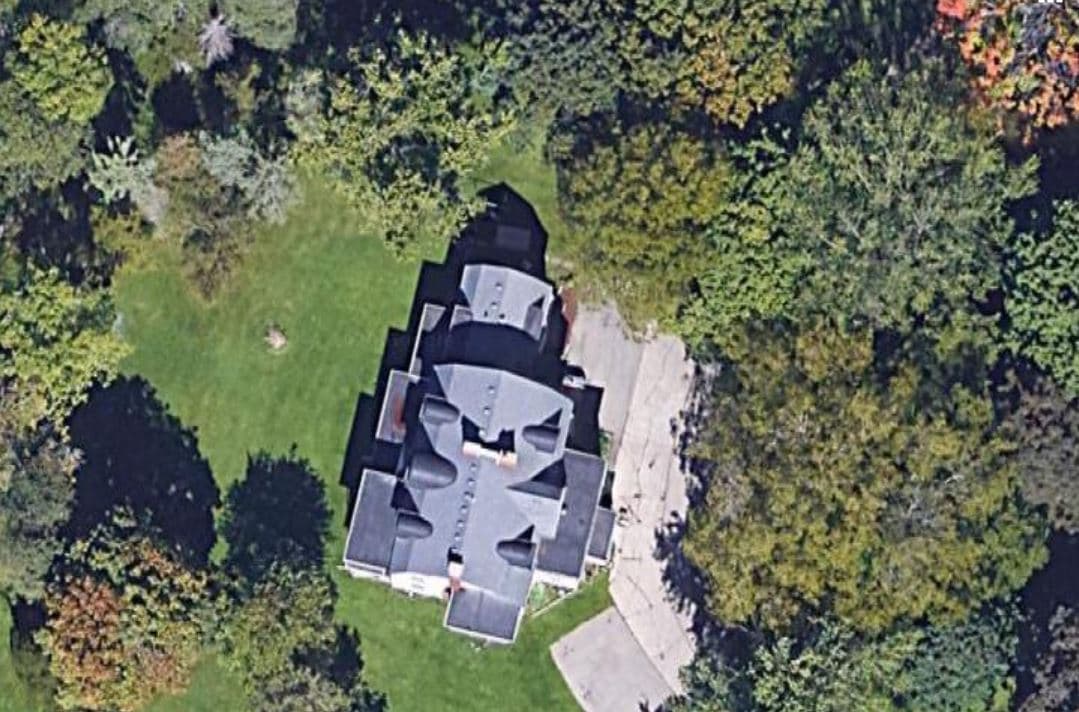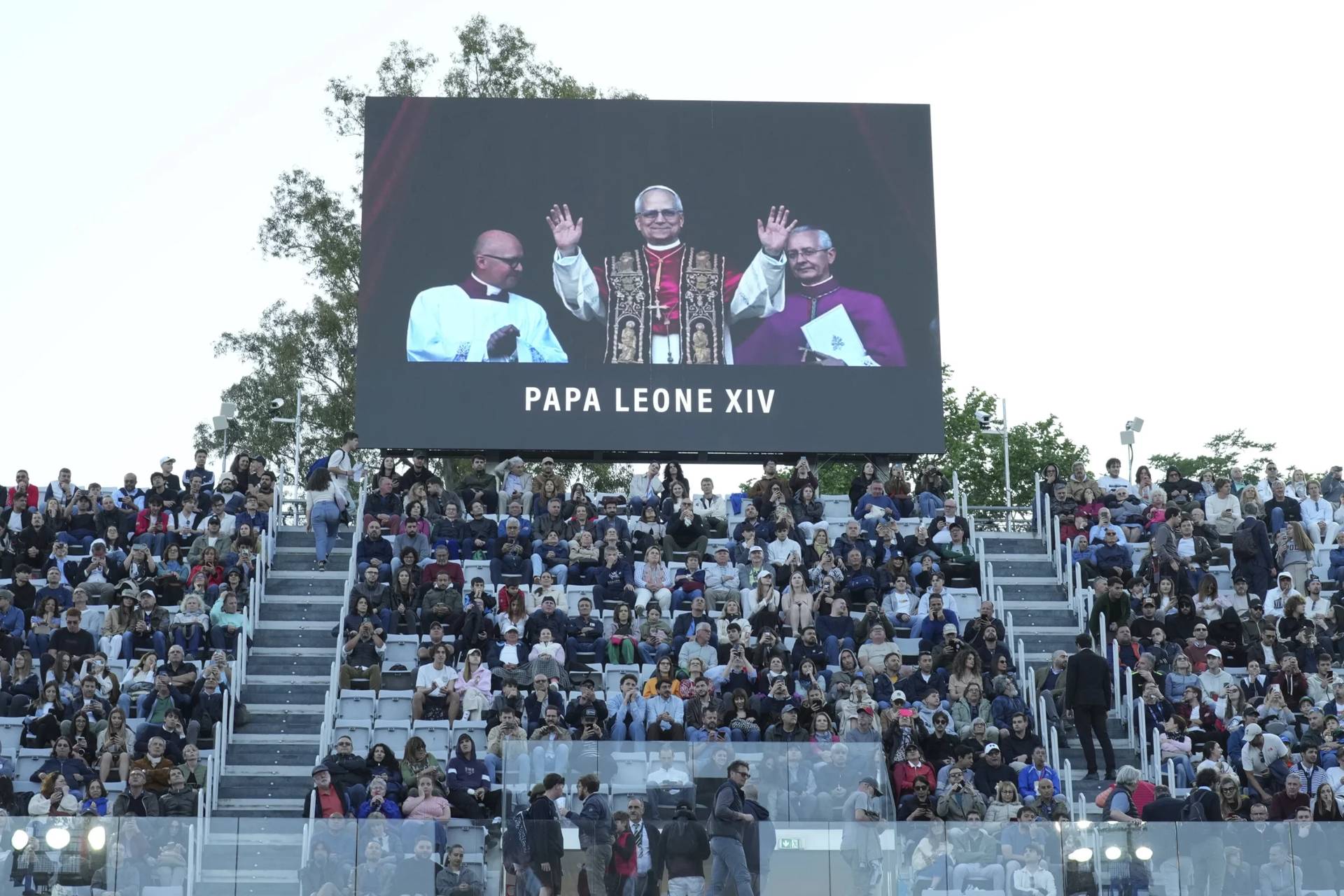MONONA, Wisconsin — Saint Norbert Abbey said it has made a deal to sell the San Damiano Friary, an historic property on Lake Monona, to the city of Monona, which hopes to preserve the green space for the community.
The parties began discussing a sale of the 10-acre parcel at 4123 Monona Drive earlier this year, and the agreement for the city to buy it for $8.6 million was approved unanimously by the Monona City Council on Tuesday, the Wisconsin State Journal reported.
The Norbertines said they also need to seek approval of the Vatican in Rome.
“We Norbertines are happy to partner with the city to be able to offer this green space on the east shore of Lake Monona for the benefit of the citizens of Monona,” Abbot Dane Radecki, O. Praem., abbot of Saint Norbert Abbey in De Pere, said in a statement. “As it had been for us for many years, this oasis can provide people with a peaceful place of rest and recreation.”
Monona City Administrator Bryan Gadow said closing on the property would be in June 2021, if all goes to plan. The city needs to raise public and private funds to support the purchase, which Gadow said was likely because of the interest from a variety of governmental, environmental and philanthropic organizations in preserving the space.
Appraisals done in 2011 and 2016 put the value of the former friary at $10.3 million and $8.6 million, respectively, according to city officials.
With more than 1,000 feet of frontage on Lake Monona, the wooded area is one of the last largely undeveloped pieces of property on Lake Monona. The Frank Allis house, which sits on the property, was built in 1888.
“This is a once-in-a-lifetime opportunity for Monona to significantly increase public access to the lakefront and waters of Lake Monona in addition to increasing our public open space,” Mayor Mary O’Connor said in a statement.
Although it needs help with the purchase, Gadow said the city’s intention is to remain owners of the property so it can ensure the desires of the community are met.
Over the next nine or 10 months before the sale closes, the city will conduct a robust community engagement process to see what residents want to see done with the space, Gadow said. It could potentially be turned into a park, but the city wants to explore all options and hear ideas from residents.
“It’s to be determined once we go through the community process,” Gadow said. “But I think the goal was to preserve it in its current state, if at all possible, in terms of open space, green space for the community.”
The abbey announced its intention to sell the property earlier this year and reached an agreement to give the city a few months to determine the feasibility of raising money to support its purchase and preservation.
The property lost its exemption from paying property taxes this year after the Freedom From Religion Foundation questioned the property’s tax status in December because it was not being used by the abbey. The home has been vacant for several years, and the last priest from the abbey moved out in 2015.
San Damiano Friary in Monona no longer exempt from property taxes
Gadow said whether the city will work to preserve the house is still “to be determined.”
“We’d like to get more community feedback on that,” he said.
Maintaining the home, which is designated a city landmark, would likely be expensive. Late last year, the abbey applied for a permit to demolish the home, saying water leaks, asbestos contamination, lead paint and other problems made it too expensive to maintain.
The abbey withdrew the permit request in late January after the city’s Landmarks Commission delayed action on it. The city’s historic preservation ordinance gives the commission the power to delay demolition of a structure for six months so that the city and the property owner can come up with a way to save it.
The home was originally part of an estate built by the heir to one of the men who founded Allis-Chalmers, which manufactured farm equipment and other machinery.
It was deeded to St. Norbert in 1929 and was used as a place of study for budding Norbertine priests until 1975, when it was leased to a Detroit-based Catholic religious order as a retreat and home for semi-retired priests. That’s when it became known as the San Damiano Friary.


















